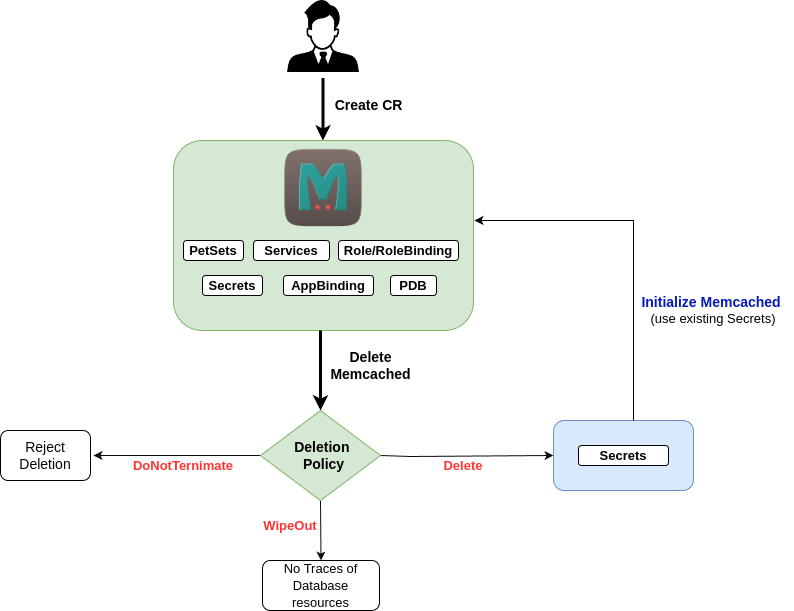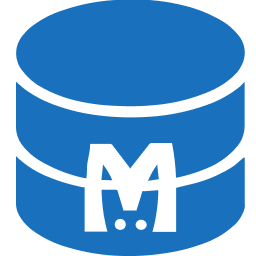You are looking at the documentation of a prior release. To read the documentation of the latest release, please
visit here.
New to KubeDB? Please start here.
Supported Memcached Features
| Features | Availability |
|---|---|
| Clustering | ✗ |
| Persistent Volume | ✗ |
| Instant Backup | ✗ |
| Scheduled Backup | ✗ |
| Initialize using Snapshot | ✗ |
| Initialize using Script | ✗ |
| Multiple Memcached Versions | ✓ |
| Custom Configuration | ✓ |
| Externally manageable Auth Secret | ✗ |
| Reconfigurable Health Checker | ✓ |
| Using Custom docker image | ✓ |
| Builtin Prometheus Discovery | ✓ |
| Using Prometheus operator | ✓ |
| Automated Version Update | ✓ |
| Automated Vertical Scaling | ✓ |
| Automated Horizontal Scaling | ✓ |
| Automated db-configure Reconfiguration | ✓ |
| TLS: Add, Remove, Update, Rotate ( Cert Manager ) | ✗ |
| Automated Volume Expansion | ✗ |
| Autoscaling (Vertically) | ✓ |
| Grafana Dashboard | ✓ |
| Alert Dashboard | ✗ |
Life Cycle of a Memcached Object

User Guide
- Quickstart Memcached with KubeDB Operator.
- Monitor your Memcached server with KubeDB using out-of-the-box Prometheus operator.
- Monitor your Memcached server with KubeDB using out-of-the-box builtin-Prometheus.
- Use private Docker registry to deploy Memcached with KubeDB.
- Use kubedb cli to manage databases like kubectl for Kubernetes.
- Detail concepts of Memcached object.
- Want to hack on KubeDB? Check our contribution guidelines.



































